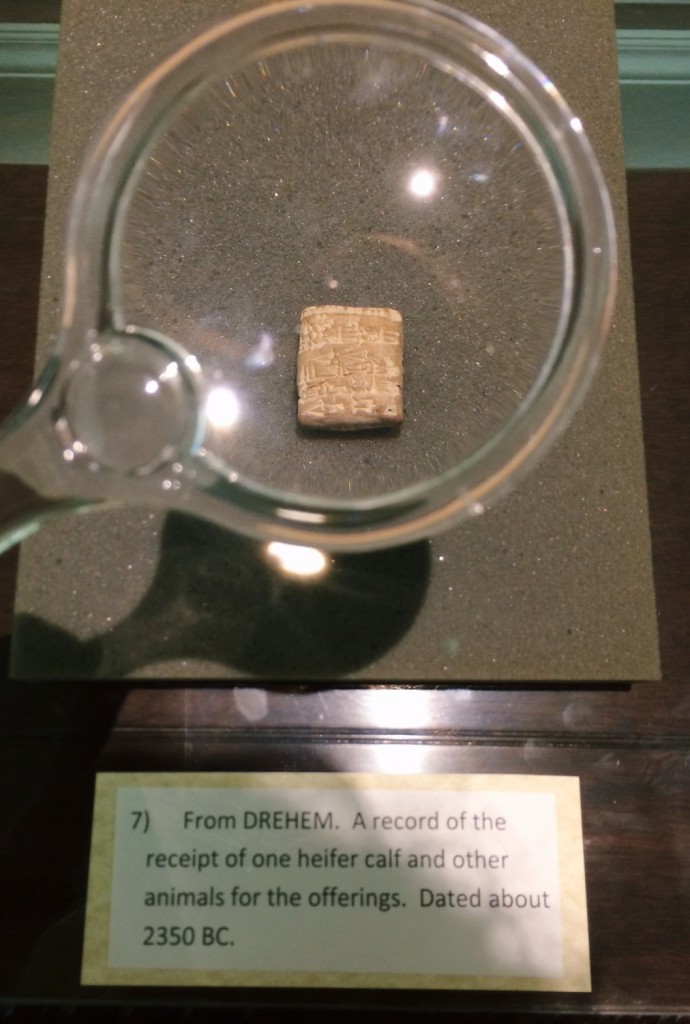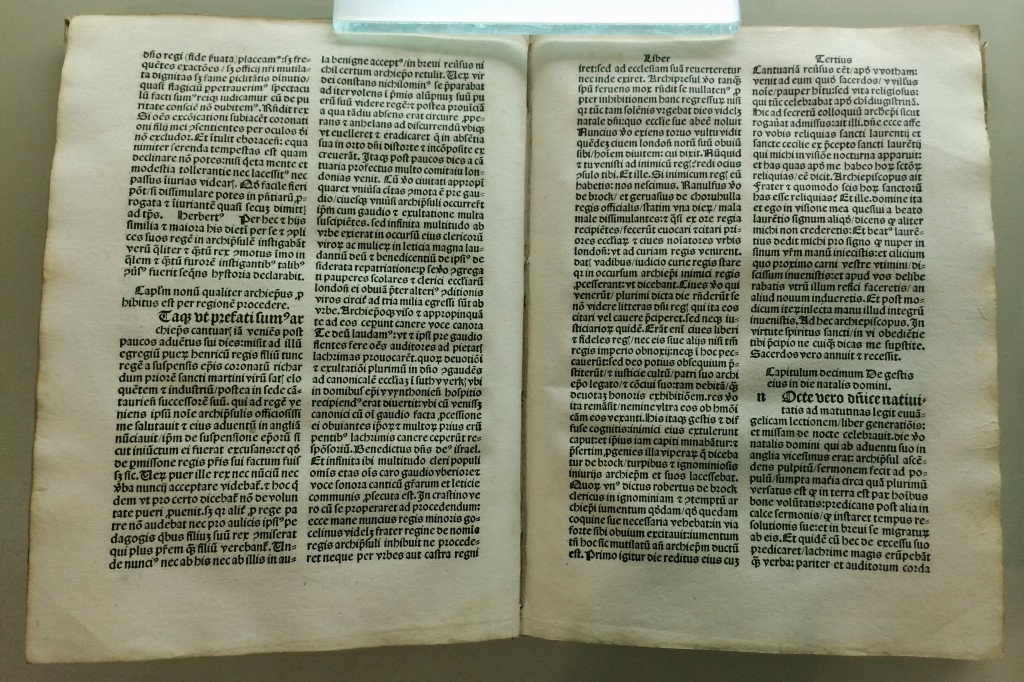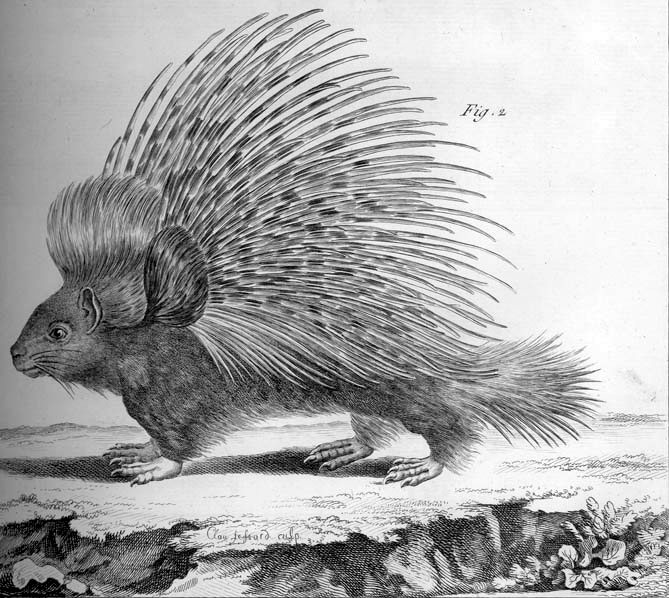This week’s post is written by Emma Kenney ’15, a student assistant at Davidson College’s E.H. Little Library. She wrote this entry on August 22, 2014.
While working at the E. H. Little library for the summer, I had the opportunity to be involved in a variety of projects and departments. I was able to interact with patrons while working at the circulation desk, get further acquainted with the Library of Congress cataloging system while participating in a large shifting project, and, most relevant to this blog, I was lucky enough to be able to spend part of my time in the Archives & Special Collections.
The projects I worked on varied from week to week, so I will refrain from describing every task I performed. Instead, I will summarize my archival activity during my last week at the library as a student employee.
Throughout most of the summer, I have spent my allotted time in Archives working to digitize course syllabi so that these documents could be made available online. Having finally succeeded in un-stapling, scanning, re-stapling, saving .jpegs to a new folder, combining images into a single .pdf, and moving all .pdf’s to a separate folder every last syllabus in my box, I was finally ready to put these syllabi where they belonged: in an online database, where they could one day be accessed by anyone on campus who needs them. While I had been pleased and excited to see my stack labeled ‘finished’ grow steadily, it was even more enjoyable to see that the time and effort I had spent digitizing these documents had made it possible to change the accessibility of these syllabi. This how I spent my shift on my last Monday, working to upload and enter the metadata for as many syllabi as I could.
The following day I was given a list of items by the Archives staff. With new student orientation beginning and the start of classes around the corner, I was asked to locate and pull certain volumes from the Rare Book Room so that they could be put on display for the perusal of our new students. This list included, among other items, ancient cuneiform tablets, volumes of Diderot’s Encyclopedie, and an incunabula entitled Life of St. Thomas a Becket. This list lasted me through the next few days, and each item I pulled was fascinating and beautiful in its own way.
The incunable was lovely, and somewhat disconcerting. Given the age of the text (its printing date is listed as 1495), I was concerned that handling the volume would cause it to crumble and become ruined, and was therefore very wary of touching it, let alone moving it from its location on the shelf. But upon further inspection, the craftsmanship proved to be remarkable. I could see where the leaves had been sewn into the spine, and the thickness of the vellum encouraged me to be comfortable perusing the text. It is a beautiful volume, and one I was very glad to have been able to see and handle.
On the topic of beautiful volumes, Diderot’s Encyclopedie certainly outshines most texts I’ve interacted with. These first editions are lovely and quite sizable, dating to between 1751 and 1788. The encyclopedia volumes are paired with planche volumes, which are full of incredibly intricate printed illustrations. It is clear that the amount of effort that must have gone into engraving each plate was sizable, and the resulting prints are breathtaking.
As an Anthropology major, I was intrigued the most by the cuneiform tablets. Dating as far back as about 2350 B.C. with provenances located in the ancient Mesopotamian area, these artifacts are intricately carved and fascinating. While I have no way of understanding the exact meanings of the characters, simply being able to handle and examine these artifacts was such an educational experience. Short summaries of the inscriptions are available for each tablet for those who are interested in knowing roughly what has been recorded on the tablets, but a simple English translation could not compete with the beauty and intricacy of the carvings. Photographs could not do these tablets (nor any of the rare books) any justice, and these carved stones provided a fascinating comparison to the forms of writing that I interact with on a regular basis.

One of the Babylonian cuneiforms in Davidson’s Special Collections, pulled for use in Dr. Mark Sample’s DIG 350: History and Future of the Book class visit.
This final week in the Archives, between the culmination of my syllabus project and the explorations of the Rare Book Room, has been one ‘for the books.’ While all of the projects I have worked on have challenged and intrigued me in different ways, I would have to say that the projects of this final week have been the most exciting for me, providing a perfect end to a fantastic summer position.



Speak Your Mind